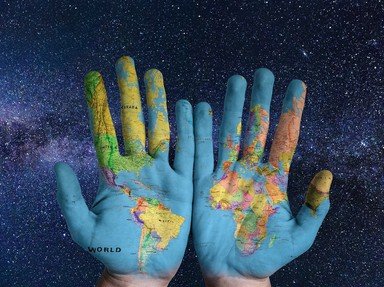Quiz Answer Key and Fun Facts
1. Which Italian *probably* produced the first working electric telephone?
2. Which Italian is credited with the invention of the electric battery?
3. Who has amassed a large number of patents in the field of wireless telegraphy and radio?
4. Who is credited with the invention of the barometer?
5. Who was the Italian businessman to whom we ascribe the technique of canning vegetables? His company is known for canned tomatoes.
6. Who was the founder of the first literary café in Paris? He also introduced individual portions of Italian ice cream.
7. To whom do we owe the pianoforte?
8. Who was the Italian physicist involved in the construction of the first nuclear plant ever?
9. Which monk created musical notation on a five line staff?
10. Who made a fully functional robot around 1495?
Source: Author
JanIQ
This quiz was reviewed by FunTrivia editor
bloomsby before going online.
Any errors found in FunTrivia content are routinely corrected through our feedback system.

